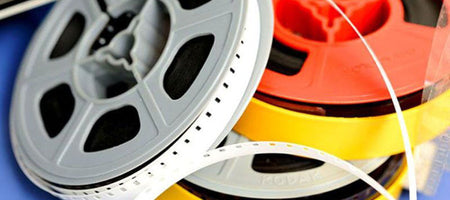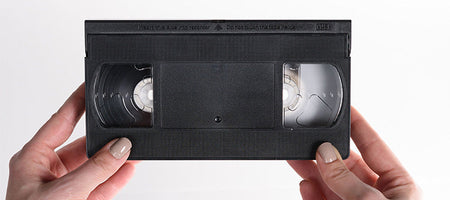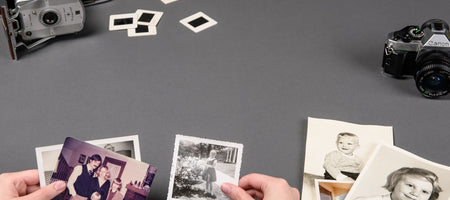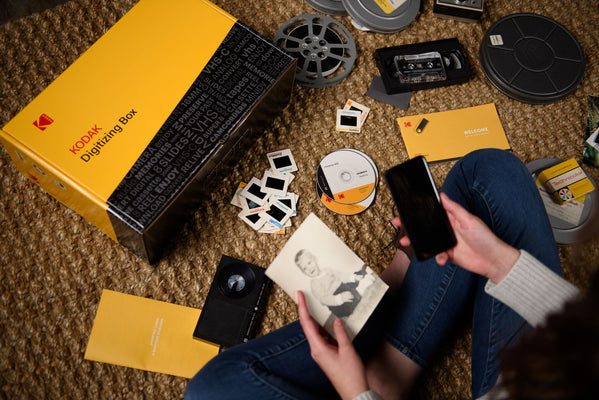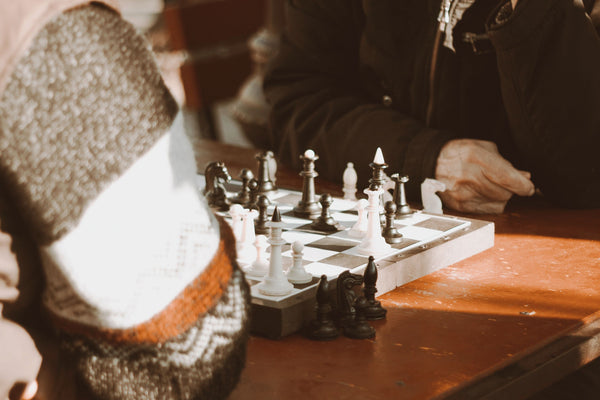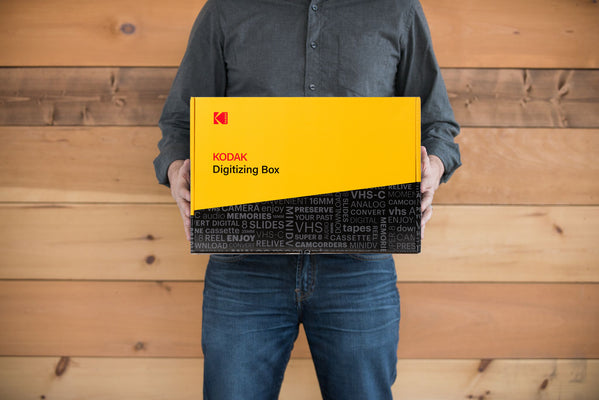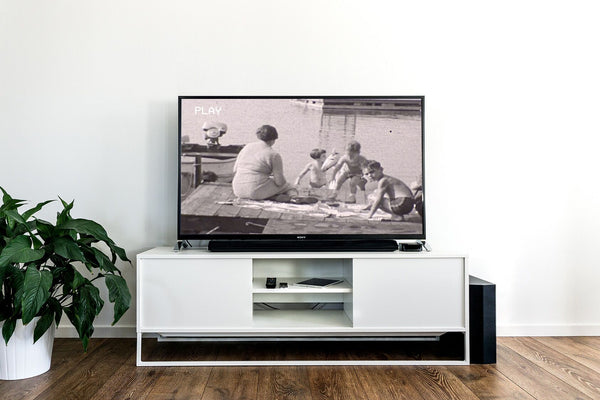If you look through a cluttered closet or basement at your house, you’re likely to find lots of items from decades ago that haven’t seen the light of day in years - maybe your childhood rocking horse, your father’s model car collection, or another piece of your family history. Perhaps you find family photos, or maybe even some film reels that you’ve never seen before. You’re probably curious about what those films entail, but they look to be older than you are. You start to wonder - how long can films last?
If you have been following KODAK Digitizing’s blog, you probably know by now that analog media has a lifespan. Just like all other forms of archival materials, films can only survive for a certain length of time when kept in ideal storage conditions, and if the film is subjected to any harsh elements, the lifespan shortens significantly.
So, what exactly are the lifespans of various film formats?
Most film formats have a lifespan of around 70 years if stored in ideal conditions. According to the National Archives of the United States, ideal film storage conditions are dependent on light, temperature, and humidity. For all film types, storage in dark, light-controlled environments is preferred, as exposure to bright light can alter the visual makeup of the films. If films are exposed to extreme temperatures, it can damage the sensitive materials in the films and cause decay. For modern, polyester-based black and white films, the ideal storage temperature is 65 degrees Fahrenheit. Black and white films that are acetate-based should be stored at 35 degrees Fahrenheit. It is best to store color films of any base at 25 degrees Fahrenheit. Exposure to humidity can cause mold and mildew growth of films. If a film has mold growing on it, this can completely destroy it as it is very difficult to remove mold spores from films. 35% +/- 5% relative humidity is ideal for the storage environment of all film types.
Needless to say, the average film owner won’t have access to these storage conditions. For individuals who cannot control the environments of their films to this extent, it is recommended to store films on the main floor of a home in a closet or cabinet of some kind. Storage in attics or basements will subject film reels to humidity and extreme temperatures which can destroy the films; storing films in the home in a dark, room-temperature environment are the next-best conditions for film storage. However, these conditions will inevitably cause film decay to occur sooner than if the films were stored in ideal conditions.
If you own films that are many decades old, you should begin considering film-preservation techniques to ensure the longest lifespan of your films. If you are not already, begin storing your films on the main floor of your home and, if possible, in a temperature- and humidity-controlled storage facility. Experts recommend these storage conditions and science proves them to be the absolute best in securing the longest lifespan for films.
Of course, even storing your films in perfectly set conditions cannot prevent your films from decaying. Time will eventually wear the films down, causing irreparable damage, and the films will become lost to history. Luckily, we live in an age in which technology can convert analog media into digital data. Kodak Digitizing has the capability to convert your films to Thumb Drive, DVDs or to Digital Download, allowing you to preserve your films forever without concern of film decay or destruction. If you care about the lifespan of your films and want your family and friends to be able to enjoy them for years to come, the only solution is to get them digitized. With Kodak, professional digitization technicians will work with your analog media and pay close attention to detail to curate the absolute best-quality digital copy possible. While there are converter devices you can purchase and use at home, these machines cannot produce the same level of quality that professional technicians can. In order to preserve your precious films, get them digitized before film decay gets to them first.

